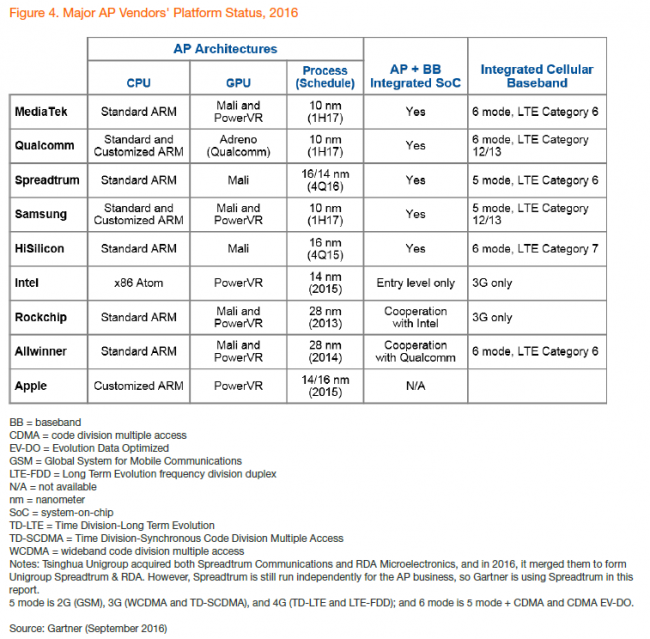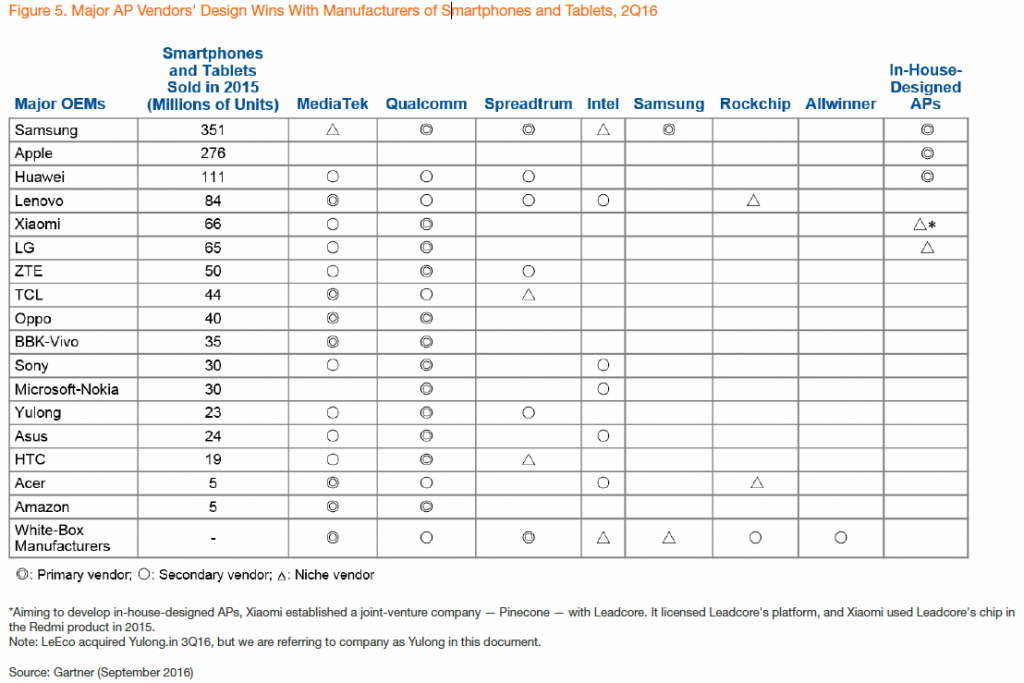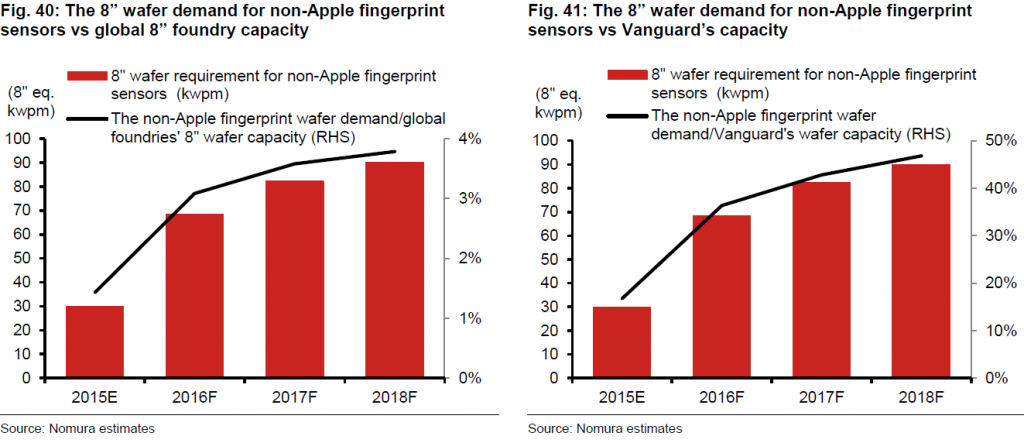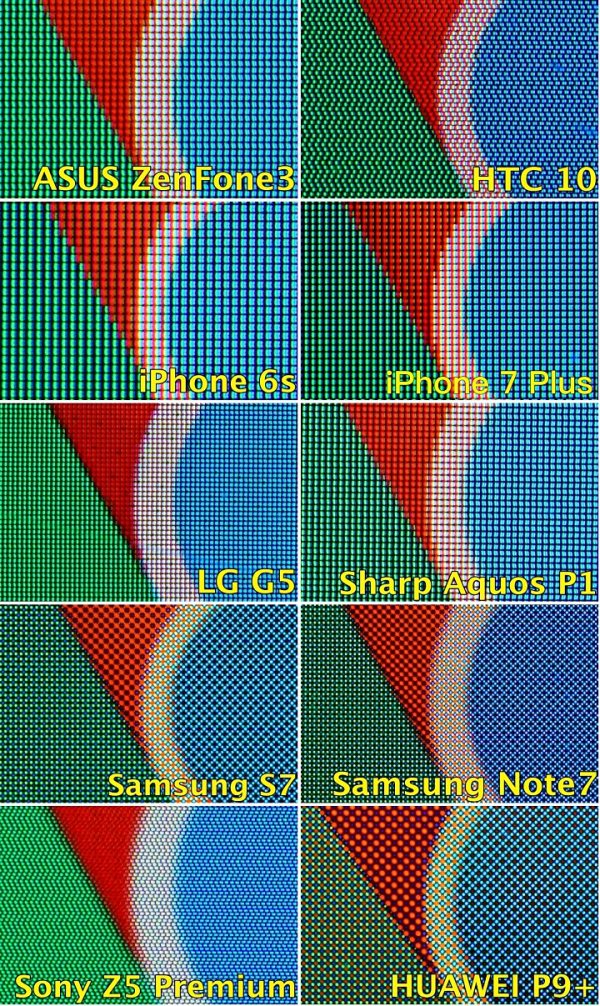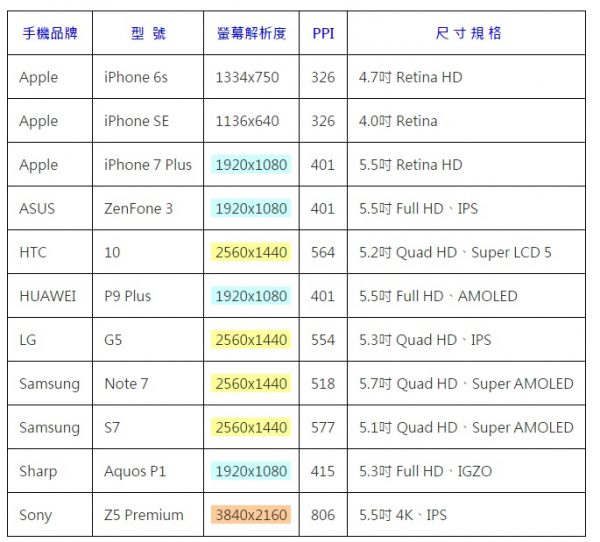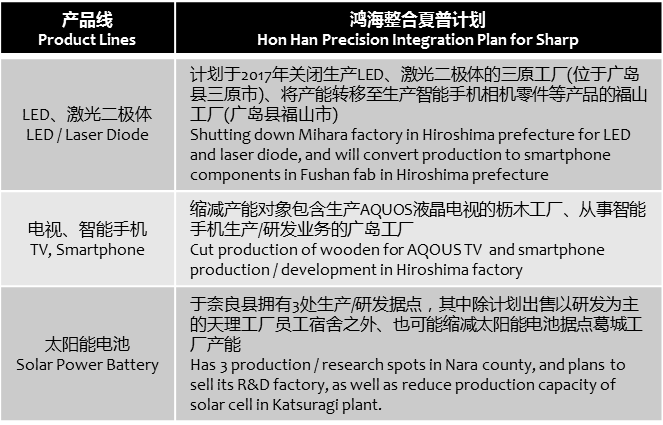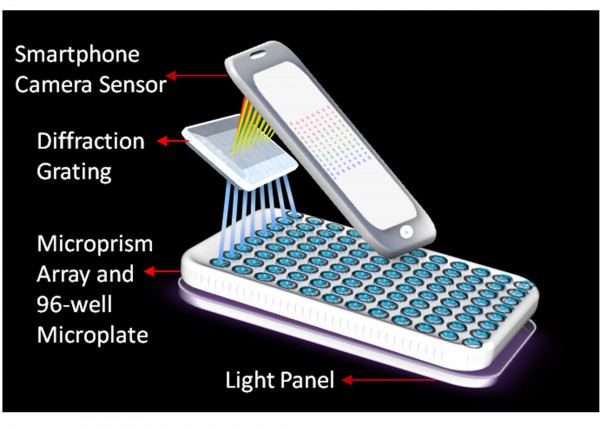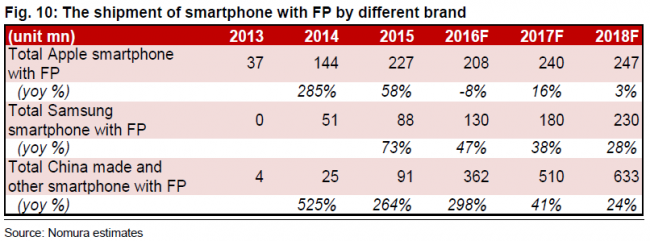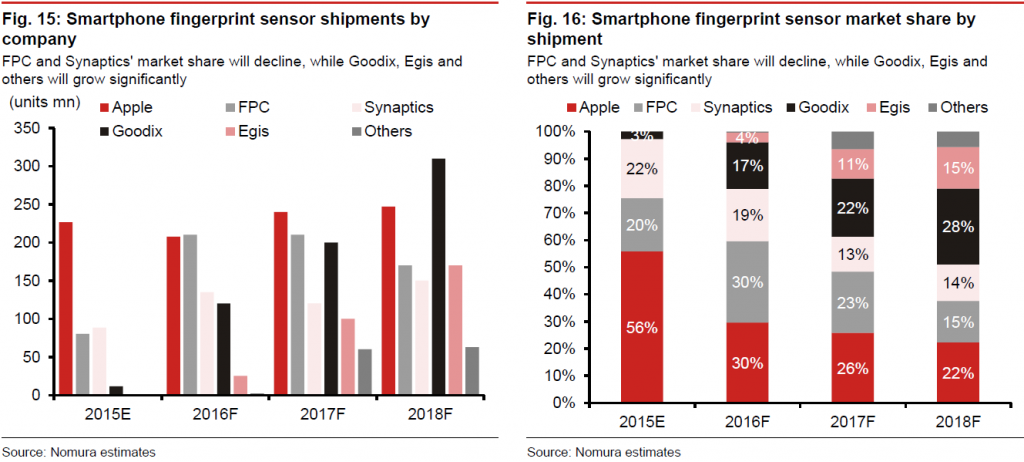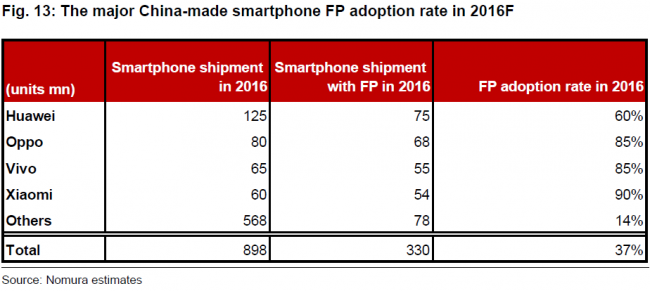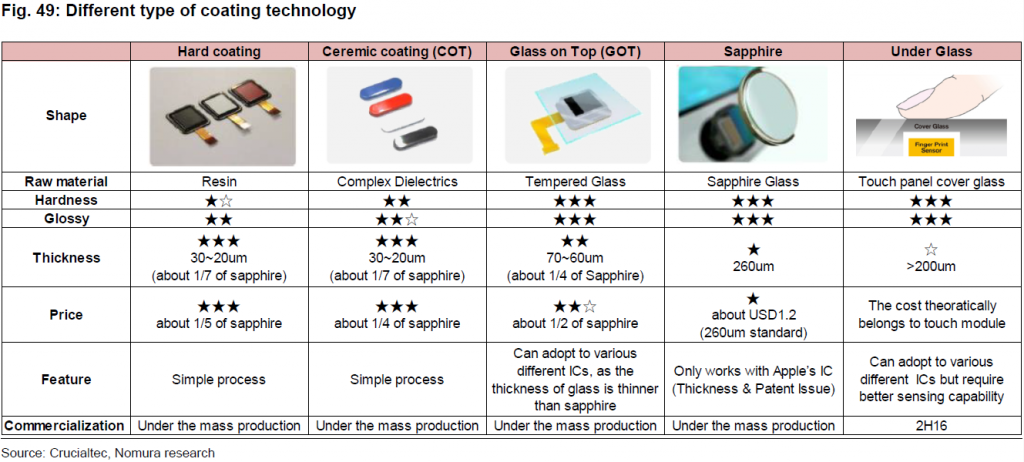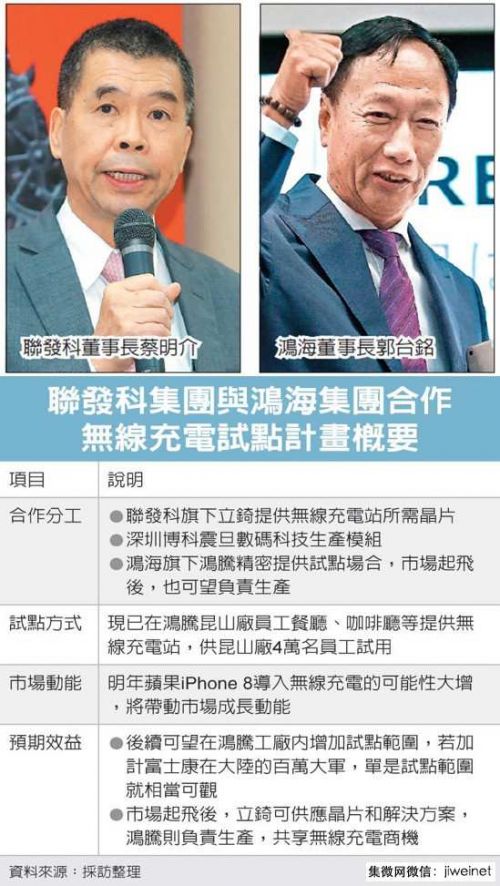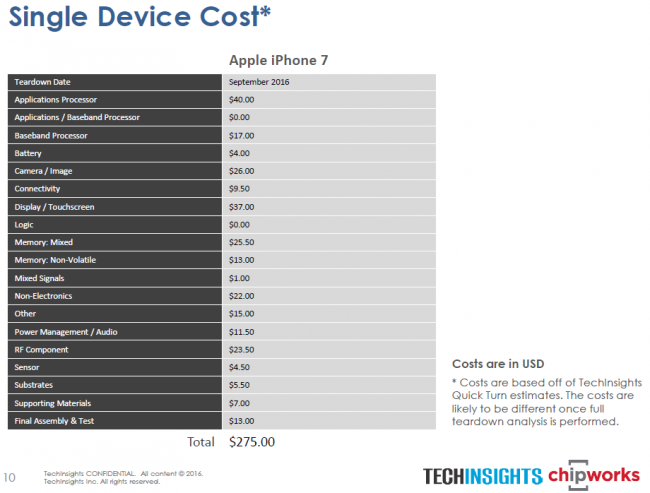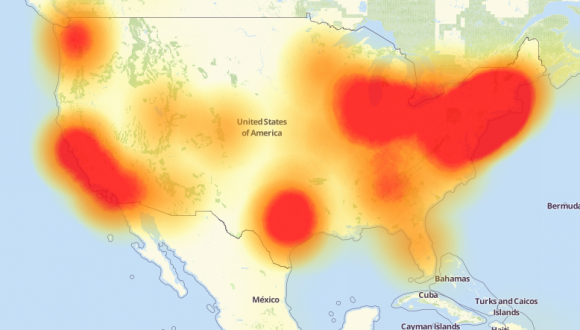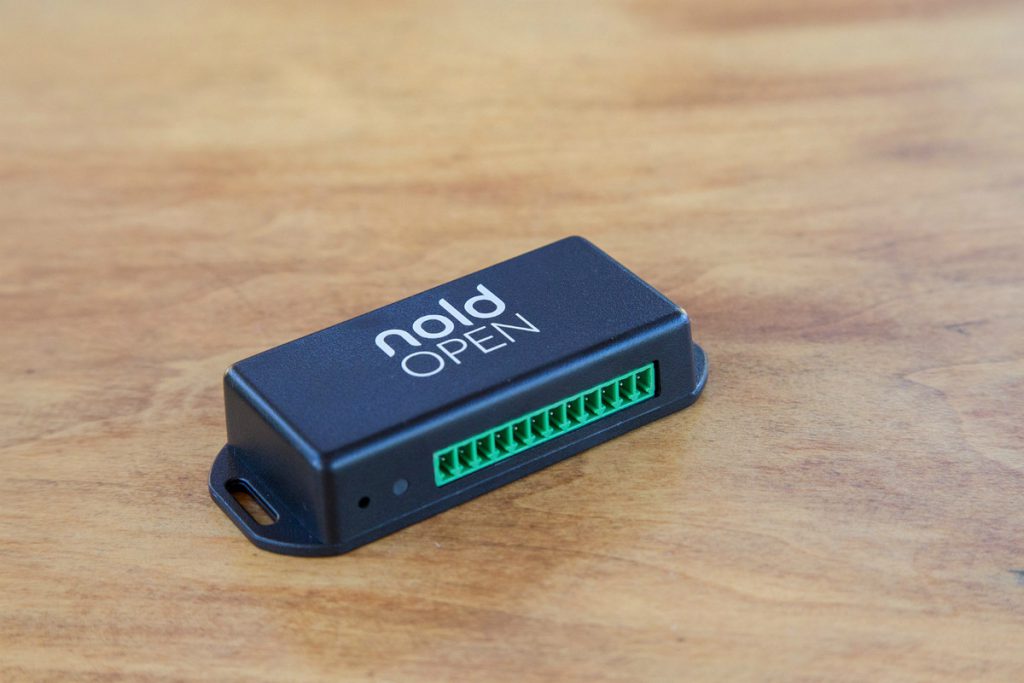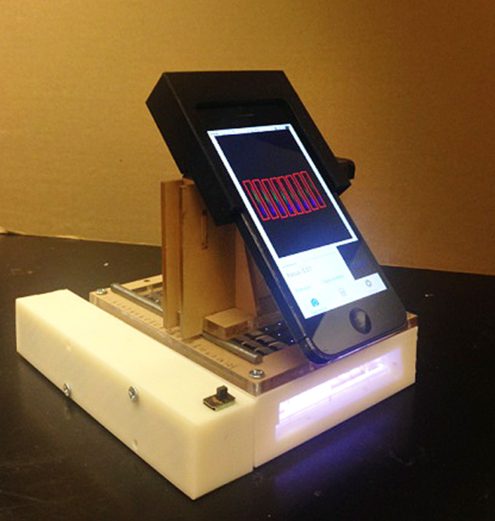
10-24: Because of Note 7, Samsung is considering lay-off 200 executives, and S8 development is delayed; Apple iPhone 7 (128GB) BOM cost is USD275; etc.
|
Chipset |
| With the exception of Intel’s Atom processor, all AP vendors use ARM cores, so there are not many differences in the CPU architecture. Gartner has collected current major platform information of AP vendors. (Gartner report) |
| Gartner illustrates the major AP vendors’ design wins with smartphone and tablet manufacturers to show client engagement. In the smartphone market, Qualcomm and MediaTek have the best position in client design wins. (Gartner report) |
| For IC manufacturing, only Apple and some of Synaptics’ fingerprint sensors use 12” while all the others will use 8” fabs, which benefits pure 8” foundry. Nomura estimates that fingerprint wafer demand at 8″ fab is about 90,000 a month in 2018, or around 4% / 47% of global 8” foundry / Vanguard’s capacity. (Nomura report) |
| Tesla CEO Elon Musk has identified NVIDIA as the maker of the new computer board, which will use the company’s Titan processor. NVIDIA has estimated automotive-used chipset revenue would grow 75% in 2016, and Tesla is only part of the business. (TechNews, Motley Fool, Inside EVs, Sci-Tech Today, The Guardian) |
|
Touch Display |
| TechBang shooting various flagship phones with microscopic lens to compare these displays under different pixel density (PPI) the performance of these phones. The panels in comparison include the most common IPS, Super LCD 5 being used by few vendors, AMOLED led by Samsung, LG’s Quantum Dot technology, and Japan Sharp’s IGZO panel. (TechNews, TechBang, article) |
| Hon Hai Precision’s Sharp will begin process of restructuring, led by the VP Dai Zhengwu. Sharp is working to develop a mid-term plan, including re-structuring its Japan’s business, aiming to become profitable in 2017 fiscal year (Apr. 2017~Mar. 2018). (TechNews, Sohu, Asia Nikkei) |
|
Sensory |
| Magic Leap has reportedly started supplying “some components” to the supply chain, with order amounts to million, and the shipment might happen in mid-2017. (TechNews, 36Kr, Next Reality) |
| Washington State University has developed a portable laboratory that is powered by a smartphone and capable of detecting cancer nearly instantly with 99% accuracy. It works with a spectrometer analyzing the amount and type of chemicals in a sample by measuring the light spectrum. (CN Beta, Slash Gear, 9to5Mac, WSU) |
|
Biometrics |
| Nomura expects fingerprint demand from Samsung to grow by 38% / 28% and demand from China (and other) brands to grow by 41% / 24% YoY in 2017 / 2018, making fingerprint one of the fastest growing features on smartphones. (Nomura report) |
| In China, Fingerprint Cards (FPC) has dominated the fingerprint sensor market in 2015 (c.90% share), but Nomura indicates that now almost all the top smartphone brands in China have enabled Goodix as 2nd or even 1st source, which should lead Goodix’ volume share to top that of FPC by end-2017. (Nomura report) |
| Demand of fingerprint sensor is concentrated at a few premium brands, e.g. in China, Nomura estimates the top 4 brands account for 80% of the fingerprint demand in 2016. (Nomura report) |
| Nomura expects capacitive-type fingerprints to be mainstream in the foreseeable future. Qualcomm has promoted its ultrasound solution, which could make underglass a reality. However, it is expensive (USD10-15, at least 2× the cost of capacitive type), while feedback on performance has not been good. Underglass will start ramping from flagship models in China in 2017 (still capacitive-type) with FPC and Goodix as the leaders. (Nomura report) |
| Coating has been the major cover material for fingerprint, but Nomura sees rising demand for glass covers. However, glass cover is more 2× as thick as coating cover. Goodix is leading the others in glass cover fingerprint. (Nomura report) |
| According to Nomura, the front-end (IC design, algorithm, foundry) of fingerprint accounts for more than 50% of module costs, which suggests that the pricing pressure of fingerprint sensors will be high whenever smartphone customers intend to drive module costs lower. (Nomura report) |
|
Battery |
| MediaTek reportedly working with Foxconn Interconnect Technology (FIT) of Hon Hai Precision Industry to develop a more perfect wireless charging solution, especially for Apple’s 2017 iPhone. (CN Beta, CEB2B) |
| After acquired by Gree Electric Appliances with CNY13B, Yinlong New Energy’s chairman Wei Yinchang indicates that the company’s order has increased drastically, with 2016 / 2017 to see a record sales growth. Yinlong New Energy is developing lithium titanate based battery. (CN Beta, 163, Tencent) |
|
Smartphones |
| Morgan Stanley analyst Jasmine Lu sees a drastic slowdown of the top 4 Chinese smartphone manufacturers, namely Xiaomi, Huawei, OPPO and vivo. China’s top 4 have been growing fast because they are gaining market share. Considering the industry top-line growth is just 2~3%, they think it is challenging for the vendors to gain much more market share. (TechNews, Barron’s, blog) |
| In lieu of terrible situation caused by Galaxy Note 7, Samsung has reportedly decided to cull 200 executives. This would bring the number of executives within the company down from 1000 to 800. (eTekNix, Korea Herald, iiMedia, People.cn) |
| Samsung’s investigation into the Galaxy Note 7 is reportedly delaying the development of 2017 flagship Galaxy S8. (TechNews, Phone Arena, IB Times, Gizmo China, WSJ) |
| Foxconn’s head of India operations Josh Foulger indicates that the company has restarted the expansion of its operations in India in 2017, and they are in finalizing 2017 plan. There will be more expansion. (CN Beta, India Times) |
| iFixIt tearing down of Google Pixel XL reveals the modular nature of the phone, which many of the components can be easily replaced. (iFixIt, article, ZOL, Tencent, Ars Technica, The Verge) |
| After tearing down Apple iPhone 7 with 128GB, Chipworks-TechInsight estimates the total bill of materials be USD275. USD26, or approximately 9.5%, of that total sum are spent on camera and imaging components. (CN Beta, DP Review, Chipworks, report, Image Sensors World) |
|
Internet of Things |
| Tesloop CEO Rahul Sonnad believes that by 2020 driverless cars will have become ubiquitous and the impact will be “completely transformative”. (TechCrunch, Digital Review) |
| Kyle York, Chief Strategy Officer for Dyn, says the Mirai botnet is the main culprit behind the massive DDoS attack that hit his company and caused many popular websites to become inaccessible on Oct. 21 and 22 2016. Mirai, which appeared at the start of Sept. 2016, is a malware family that targets Linux-based Internet of Things (IoT) devices, such as DVRs, CCTV systems, and IP cameras. (CN Beta, CNN, PC World, Forbes, BAE Systems, Softpedia, Flashpoint) |
| Hungary-based Nold Technologies has developed a conversion device that connects to the existing garage door opener. The Nold Open also adds cloud support, and an Apple HomeKit compatible version will be available. (Digital Trends, Trend Hunter) |
| Now, high-end thermostats are coming down in price. In Oct. 2016, Honeywell’s Lyric T5 hit stores for USD149, and ecobee announced its USD169 ecobee3 lite would be available by the end of Oct. 2016. By contrast, Nest and ecobee3 retail for USD249, and the Honeywell Lyric Round is priced at USD199. (GTM, TechNews) |
| According to a letter from contractor AECOM VP Robert Gay dated 10 Oct. 2016, there are unpaid bills for construction work of Faraday Future’s USD1B investment of electric car factory in Nevada, and AECOM will stop construction before the unpaid bills are clear. Faraday Future has already denied the news. (CN Beta, Inside EVs, Automotive News) |
